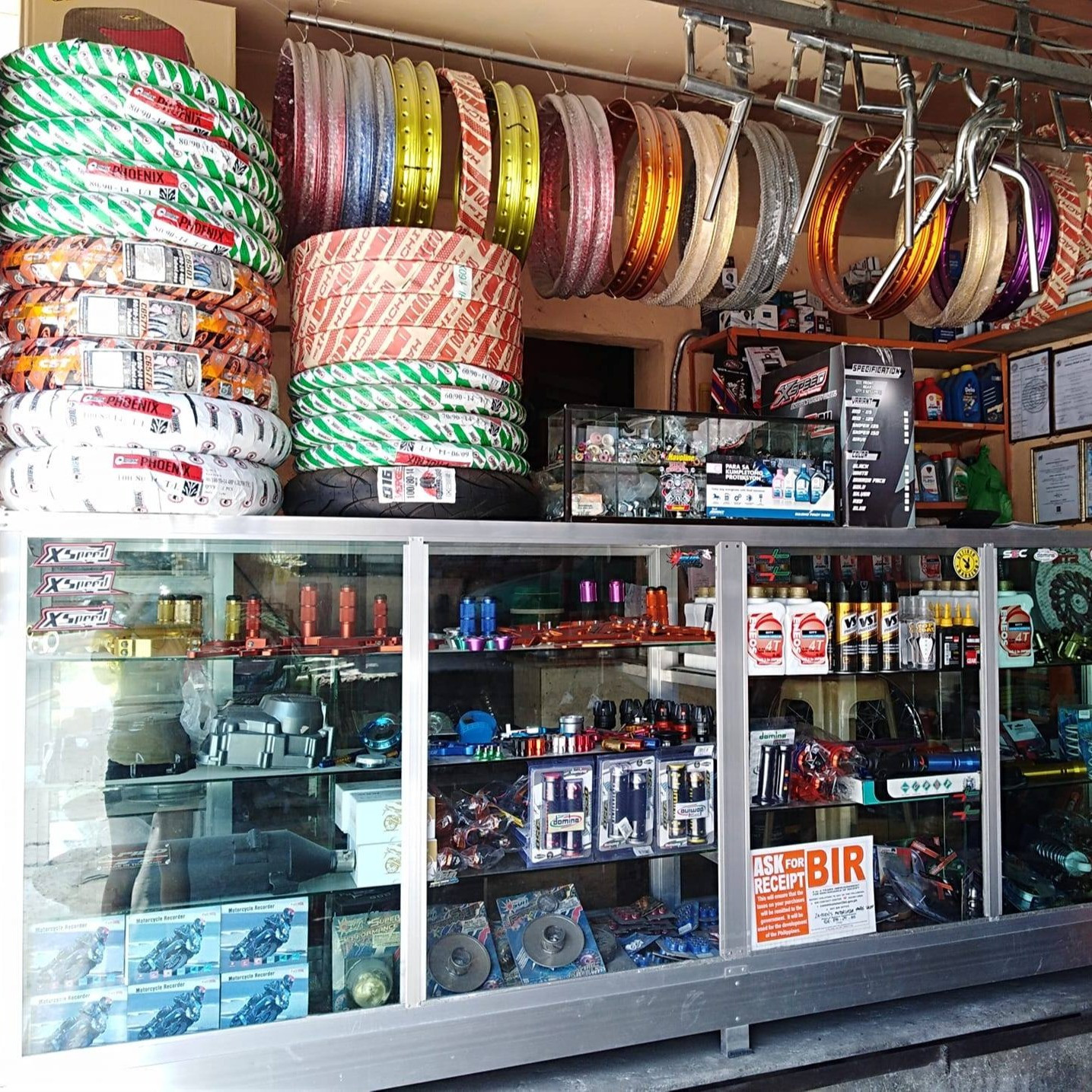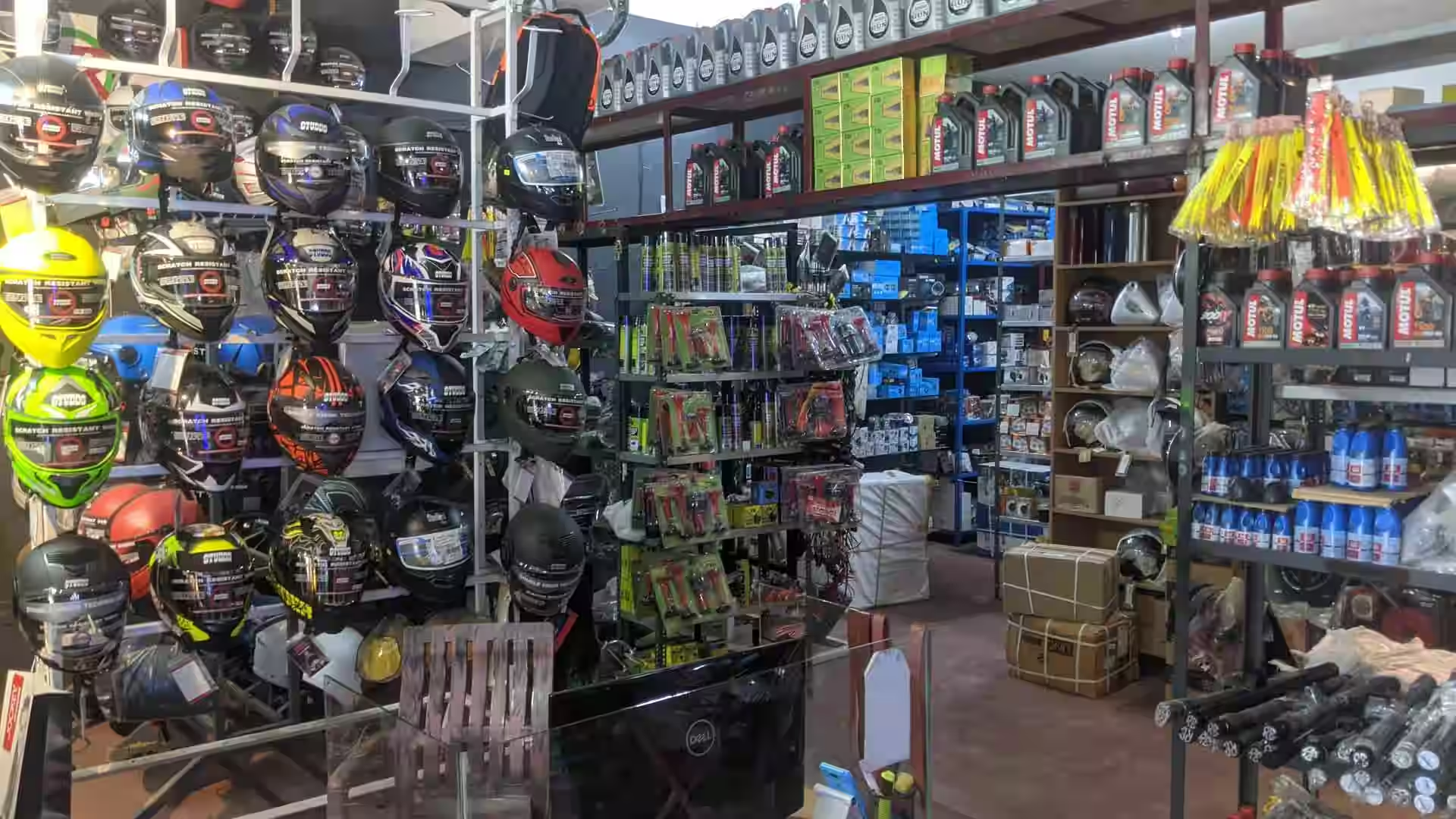Must-Have Motocross Gear: Boost Your Riding Experience Today
Mastering Motorcycle Gears: Just How to Enhance Your Riding Experience
In the world of motorcycling, grasping the art of gear adjustment is critical for boosting your riding performance. Correctly using and understanding motorcycle equipments can substantially impact fuel, velocity, and control effectiveness, transforming an ordinary experience into a smooth, thrilling journey. By including accurate change timing and adjusting gear choice to various roadway conditions, cyclists can guarantee optimum engine performance and safety. The subtleties of clutch control, throttle coordination, and equipment mechanics bid a deeper exploration, assuring to unlock the complete potential of your equipment. How can these strategies be harnessed to genuinely optimize your riding experience?
Recognizing Gear Mechanics
At the core of motorcycle characteristics, gear mechanics play a crucial duty in converting engine power into activity, eventually dictating rate and control. The gear ratios, meticulously created, identify the relationship in between engine transformations and wheel turns, impacting velocity and gas effectiveness.
Understanding equipment auto mechanics starts with acknowledging the importance of the transmission, which houses several gears of differing sizes. These equipments engage through a procedure understood as meshing, where teeth of different equipments engage to send power. The precision of this communication is vital; any imbalance or damage can lead to inefficient power transfer, hindering efficiency. Additionally, the plan and dimension of equipments influence the bike's capacity to take care of different lots and speeds.
Moreover, the idea of equipment moving is indispensable to maximizing performance. Timely and smooth shifts make sure that the engine operates within its optimal power band, stopping unneeded strain and enhancing durability (motorbike shop). By understanding these mechanical intricacies, bikers can accomplish an unified mix of power, performance, and control, raising their riding experience
Timing Your Shifts
Shift timing mastery is vital for enhancing motorbike efficiency and improving the riding experience. Appropriately timed changes make sure that the engine operates within its ideal power band, which is vital for keeping control, attaining smooth velocity, and making sure the durability of the motorbike. Motorcyclists should establish an intuitive sense of when to change equipments, which includes comprehending the connection between engine changes per min (RPM) and speed.
To master shift timing, pay close focus to the engine's audio and feel, as these provide important hints about when to transform equipments. The optimal shift factor commonly happens when the engine approaches the top series of its power band without reaching the redline. Shifting prematurely can result in a lack of power, while moving far too late might trigger unneeded engine stress
In addition, roadway problems and riding style impact shift timing. For circumstances, in metropolitan setups, smoother and a lot more frequent changes may be needed to browse web traffic efficiently. On the other hand, during freeway riding, less shifts at greater speeds can be better. Practicing in diverse environments will certainly boost your capability to time changes precisely, eventually boosting your riding experience to a professional degree.
Enhancing Gas Performance
While mastering motorbike equipments is crucial for performance, improving gas performance is equally essential for both ecological and financial factors. Ideal gas intake not just lowers functional prices but additionally decreases the eco-friendly footprint of riding. To achieve this, one have to understand the intricate partnership in between gear choice and engine performance.
Riding in a higher equipment at reduced rates can lead to engine carrying, which is damaging to both gas economic situation and engine wellness. Conversely, riding in lower equipments at high rates results in unnecessary gas usage.
In addition, normal upkeep plays a critical role in gas effectiveness. Ensuring that the bike is well-tuned, with tidy air filters and correctly inflated tires, can reduce and improve the rules of aerodynamics fuel waste. Furthermore, taking on a riding style that welcomes progressive velocity and smooth deceleration can add to much better fuel economy.

Methods for Smooth Transitions
Attaining smooth equipment transitions is fundamental to boosting the riding experience and making certain the longevity of a bike's transmission system. Appropriate gear changing not only adds to a seamless experience however additionally lessens damage on the mechanical components. To grasp the art of smooth transitions, motorcyclists need to concentrate on a few vital methods.
Second of all, clutch control plays a critical duty. Engaging and disengaging the clutch smoothly requires technique. The clutch lever should be launched gradually, enabling for a smooth transfer read more of power from the engine to the wheels without causing a shock or sudden movement.

Adjusting to Road Conditions
Browsing varied road conditions is an important ability for any kind of motorcyclist intending to keep control and safety. Whether you're riding on wet surface areas, crushed rock roads, or navigating sharp turns, your ability to adjust your equipment usage and riding strategy is extremely important. Recognizing exactly how to adjust your equipments appropriately can considerably impact grip and security, guaranteeing a much safer journey.
In contrast, when riding on crushed rock or irregular surface, reduced gears are more effective. Reduced equipments give far better control and allow you to respond more swiftly to unforeseen changes in the roadway surface.
Sharp contours demand exact equipment monitoring to balance rate and control. Downshifting before entering a contour can help maintain energy while ensuring the bike stays secure throughout the turn. Regular method in different conditions enhances your capacity to react and forecast to adjustments in roadway appearance and slope.
Final Thought
Grasping bike equipments significantly boosts the riding experience by improving acceleration, control, and gas performance. Adapting gear choice to numerous roadway problems, such as utilizing higher gears on wet surfaces and lower equipments on crushed rock, additional improves handling and safety.
Understanding gear his explanation technicians starts with recognizing the importance of the gearbox, which houses numerous gears of varying sizes. These equipments interact via a procedure known as meshing, where teeth of different gears engage to transmit power (mx gear nz). Mild changes to the throttle during equipment shifts can prevent jerky activities and preserve a regular riding pace
Whether you're riding on damp surface areas, crushed rock roadways, or navigating sharp turns, your ability to adapt your equipment use and riding technique is critical. Adapting gear selection to numerous road problems, such as utilizing higher equipments on damp surface areas and lower equipments on gravel, additional boosts handling and security.